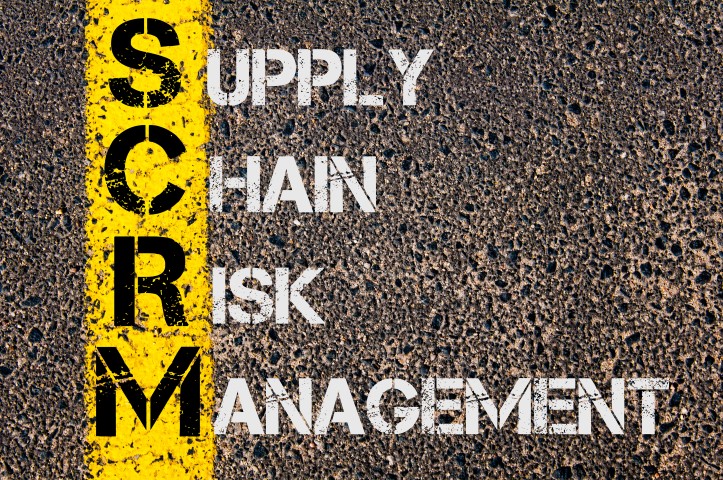Here are a few ways to manage risk in your supply chain.
Use Multiple Suppliers
Often, businesses will solicit bids from several suppliers, inquiring about x number of parts and selecting the one with the lowest price. This can be great for the bottom line. However, a business might be overlooking the risks they are taking when they rely on one supplier for a certain product.
Often it might be a better idea to have most of x product to come from the preferred company and a smaller percent, 10-20%, come from another supplier. This may increase the costs overall, but it will allow more flexibility when things go wrong.
One option this arrangement presents is if the main supplier has a difficulty such as a warehouse fire, your company has an existing contract with another supplier. This other contract could be temporarily increased or renegotiated to ensure the product continues to flow smoothly. This is a much better approach than frantically calling new suppliers when your existing supplier has a disruption. In that case, the new suppliers might hesitate to work with a new customer or might give unfavorable terms because they know you are desperate.
Have Contingency Plans
Many companies are only worried about the initial plan and once it is running smoothly they see no need to worry about it again. This can have disastrous consequences when something unexpected happens and the business is not prepared. Most mistakes happen when the information is limited and time is of the essence.
A more logical approach would be to spend some time thinking about hypothetical contingencies. The idea is that these will provide a blueprint for figuring out how to react and overcome supply chain interruptions.
For example, your company can go over alternative ways to import products should a natural disaster occur. If you normally ship by boat from manufacturing facilities in China, exploring potential airfreight services would be a useful contingency exercise. Even establishing a contact with multiple companies can make recovering from a supply chain interruption easier.


 RSS Feed
RSS Feed
